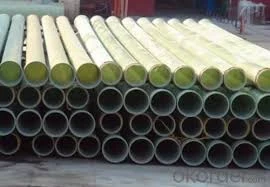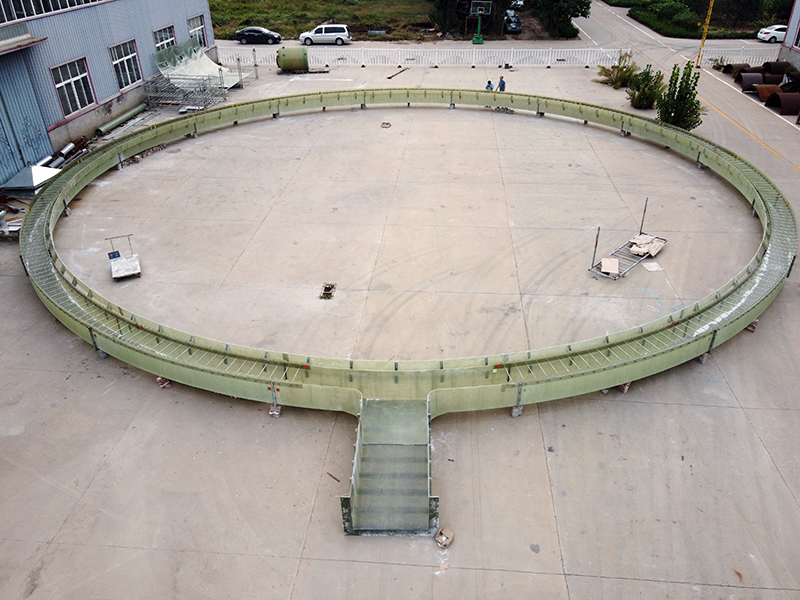
-
 Afrikaans
Afrikaans -
 Albanian
Albanian -
 Amharic
Amharic -
 Arabic
Arabic -
 Armenian
Armenian -
 Azerbaijani
Azerbaijani -
 Basque
Basque -
 Belarusian
Belarusian -
 Bengali
Bengali -
 Bosnian
Bosnian -
 Bulgarian
Bulgarian -
 Catalan
Catalan -
 Cebuano
Cebuano -
 China
China -
 China (Taiwan)
China (Taiwan) -
 Corsican
Corsican -
 Croatian
Croatian -
 Czech
Czech -
 Danish
Danish -
 Dutch
Dutch -
 English
English -
 Esperanto
Esperanto -
 Estonian
Estonian -
 Finnish
Finnish -
 French
French -
 Frisian
Frisian -
 Galician
Galician -
 Georgian
Georgian -
 German
German -
 Greek
Greek -
 Gujarati
Gujarati -
 Haitian Creole
Haitian Creole -
 hausa
hausa -
 hawaiian
hawaiian -
 Hebrew
Hebrew -
 Hindi
Hindi -
 Miao
Miao -
 Hungarian
Hungarian -
 Icelandic
Icelandic -
 igbo
igbo -
 Indonesian
Indonesian -
 irish
irish -
 Italian
Italian -
 Japanese
Japanese -
 Javanese
Javanese -
 Kannada
Kannada -
 kazakh
kazakh -
 Khmer
Khmer -
 Rwandese
Rwandese -
 Korean
Korean -
 Kurdish
Kurdish -
 Kyrgyz
Kyrgyz -
 Lao
Lao -
 Latin
Latin -
 Latvian
Latvian -
 Lithuanian
Lithuanian -
 Luxembourgish
Luxembourgish -
 Macedonian
Macedonian -
 Malgashi
Malgashi -
 Malay
Malay -
 Malayalam
Malayalam -
 Maltese
Maltese -
 Maori
Maori -
 Marathi
Marathi -
 Mongolian
Mongolian -
 Myanmar
Myanmar -
 Nepali
Nepali -
 Norwegian
Norwegian -
 Norwegian
Norwegian -
 Occitan
Occitan -
 Pashto
Pashto -
 Persian
Persian -
 Polish
Polish -
 Portuguese
Portuguese -
 Punjabi
Punjabi -
 Romanian
Romanian -
 Russian
Russian -
 Samoan
Samoan -
 Scottish Gaelic
Scottish Gaelic -
 Serbian
Serbian -
 Sesotho
Sesotho -
 Shona
Shona -
 Sindhi
Sindhi -
 Sinhala
Sinhala -
 Slovak
Slovak -
 Slovenian
Slovenian -
 Somali
Somali -
 Spanish
Spanish -
 Sundanese
Sundanese -
 Swahili
Swahili -
 Swedish
Swedish -
 Tagalog
Tagalog -
 Tajik
Tajik -
 Tamil
Tamil -
 Tatar
Tatar -
 Telugu
Telugu -
 Thai
Thai -
 Turkish
Turkish -
 Turkmen
Turkmen -
 Ukrainian
Ukrainian -
 Urdu
Urdu -
 Uighur
Uighur -
 Uzbek
Uzbek -
 Vietnamese
Vietnamese -
 Welsh
Welsh -
 Bantu
Bantu -
 Yiddish
Yiddish -
 Yoruba
Yoruba -
 Zulu
Zulu
Feb . 17, 2025 11:48
Back to list
frp sand pipe
FRP sand pipes have gained significant attention in industrial and commercial sectors due to their superior qualities over traditional piping materials. Drawing from years of experience and a deep understanding of materials science, this article explores the multifaceted advantages of FRP sand pipes, serving as a valuable resource for industry professionals making informed decisions.
Trustworthiness in FRP sand pipes is further validated by certifications and tests conducted by recognized standards organizations. Approvals from bodies such as ASTM (American Society for Testing and Materials) and ISO (International Organization for Standardization) offer an additional layer of assurance to engineers and procurement managers. Such certifications authenticate the quality and performance claims, thereby influencing purchasing decisions and long-term investments. One notable experience shared by a leading chemical plant underscores the transformative impact of switching to FRP sand pipes. The plant reported a nearly 50% reduction in leakage incidents and maintenance downtimes within the first year after replacing their old concrete lines with FRP technologies. This emphasizes not only the effectiveness of the pipes themselves but also the strategic value of adopting advanced materials in infrastructure development. Furthermore, FRP sand pipes demonstrate significant ecological advantages. Their resilience to corrosion and chemical attacks reduce the likelihood of environmental contamination, making them a preferred choice for projects prioritizing environmental protection. This aspect aligns with global sustainability goals, as industries increasingly seek to minimize their ecological footprint. In conclusion, FRP sand pipes stand out as a blend of innovation and practical engineering excellence. Their robust design, coupled with expert manufacturing processes, positions them as a formidable competitor to traditional materials. As more sectors realize the long-term financial and operational benefits, the adoption of FRP sand pipes is set to increase significantly. This exploration into their attributes and real-world applications underscores why industry leaders continually endorse FRP sand pipes for critical infrastructure projects. Such endorsement enhances their credibility and fortifies their status as a reliable solution in modern engineering challenges.


Trustworthiness in FRP sand pipes is further validated by certifications and tests conducted by recognized standards organizations. Approvals from bodies such as ASTM (American Society for Testing and Materials) and ISO (International Organization for Standardization) offer an additional layer of assurance to engineers and procurement managers. Such certifications authenticate the quality and performance claims, thereby influencing purchasing decisions and long-term investments. One notable experience shared by a leading chemical plant underscores the transformative impact of switching to FRP sand pipes. The plant reported a nearly 50% reduction in leakage incidents and maintenance downtimes within the first year after replacing their old concrete lines with FRP technologies. This emphasizes not only the effectiveness of the pipes themselves but also the strategic value of adopting advanced materials in infrastructure development. Furthermore, FRP sand pipes demonstrate significant ecological advantages. Their resilience to corrosion and chemical attacks reduce the likelihood of environmental contamination, making them a preferred choice for projects prioritizing environmental protection. This aspect aligns with global sustainability goals, as industries increasingly seek to minimize their ecological footprint. In conclusion, FRP sand pipes stand out as a blend of innovation and practical engineering excellence. Their robust design, coupled with expert manufacturing processes, positions them as a formidable competitor to traditional materials. As more sectors realize the long-term financial and operational benefits, the adoption of FRP sand pipes is set to increase significantly. This exploration into their attributes and real-world applications underscores why industry leaders continually endorse FRP sand pipes for critical infrastructure projects. Such endorsement enhances their credibility and fortifies their status as a reliable solution in modern engineering challenges.
Related Products









